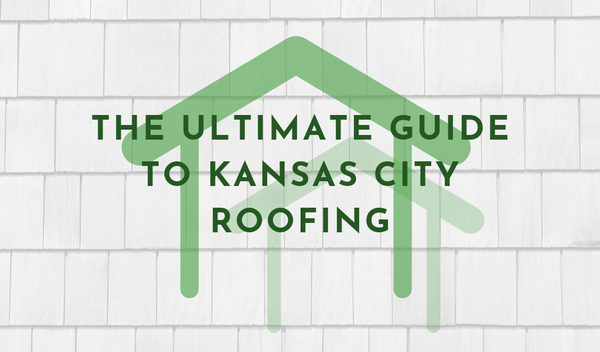What to Look for in the Roofing When Buying a New Home
Buying a house can be a harrowing process and not only because we know homebuyers are trying to find the perfect home for their current and future needs.
They’ll be spending a lot of money on their home – for most people, it will be the most expensive purchase of their lives.
However, remember that the list price is not the end of the story. Hidden costs can arise when purchasing a house – or six months after buying a home when the seams start to show. One of the most important (and most expensive) components of any house is the one that often gets overlooked or forgotten – the roof.
Keep Your Eyes Peeled for These Common Roofing Problems
There are as many kinds of roofs as there are styles of house. However, there are common red flags to look for in all roofing systems that can help you no matter style you’ve been saddled with.
Whether a buyer’s potential home is in sunny California or rain-drenched Oregon, the roof needs to be tip-top and in excellent condition. And, if they’re looking to future-proof their home, sustainability may be a deciding factor in what roof they’ll be comfortable with.
Here are just a few of our tips that can help anyone spot (and avoid) potential disaster.
Downspouts and Overflow
Since buyers are first going to see the house from the outside, and on ground level, the first thing to check is the condition of the downspouts and the gutters.
Downspouts carry water from the gutters on the exterior edge of the roof and down to the ground.
Ideally, the downspouts shunt water away from the house, and the drainage structure of the house carries the water away. If there’s water pooling around the downspouts, or if the downspouts look bone dry and dusty, those can point to problems later on. A quick visual inspection can save a lot of time and money in the long run.
Obvious Signs of Leaks
Externally or internally, there are some quick checks we recommend anyone do for leaks.
On the inside of the house, buyers should check for dark spots on every inch of the ceiling. Also, check for suspiciously clean or freshly-painted patches of the ceiling. If a buyer suspects a leak may have happened (and been repaired), they should ask the owner about it.
The fireplace is also a common source of leaks – from the exterior, check for gaps between the roof and the chimney itself. From the inside, check for water or water stains on the brick or wall material around the fireplace.
Check for Physical Damage
Some of the most apparent signs of roof damage are the ones that are pretty tough to miss: things like the edge of the roof curling down, sagging parts or divots in the roof, and missing roof tiles or shingles.
If tiles are missing, they’ll have to be replaced, which may call for all of the roofing to be replaced. Sagging parts could point to damaged structural beams, which can break anyone’s budget.
We recommend any buyer do a full walk-around, and if they can get on the roof to check the whole thing, more’s the better.
What to Do If the Roof Does Need Help?
The first option, of course, is to pass on the house. However, if the home is perfect for the buyer’s needs but has a roof in need of repair, it may be possible to negotiate the price down a little – this will allow the buyer to use the difference to repair the roof.
Or, it’s possible to replace the entire thing with green roofing options like white roofs or shingle roofs made from recycled materials.
Leave a comment
Comments will be approved before showing up.




